Charging an electric car may appear simple, but it brings a unique set of challenges. From the availability of charging stations to battery health management, these factors can complicate the experience and deter potential EV owners. Understanding these issues is crucial for anyone considering making the switch to electric vehicles.
Contents
Charging Infrastructure Challenges

The limited availability of charging stations remains a significant barrier to the widespread adoption of electric vehicles (EVs). Many areas, particularly rural and suburban regions, lack sufficient public charging infrastructure, making it difficult for EV owners to find convenient places to charge their cars. Even in urban areas where charging stations are more common, the number of available chargers often does not keep pace with the growing number of EVs on the road. This scarcity can lead to long waits and increased range anxiety, as drivers worry about finding the next available charging point. Moreover, the reliability of existing charging stations can be inconsistent, with many suffering from maintenance issues or outdated technology. These infrastructure challenges make it less appealing for consumers to transition to electric vehicles, as the convenience of refueling remains a significant factor in vehicle choice.
Inconvenience during Peak Times

Charging an electric car during peak times can be a frustrating experience. Public charging stations, particularly in high-traffic areas or popular travel routes, often become overcrowded during busy periods. This results in long wait times, forcing drivers to queue for a charger, which can significantly disrupt travel plans and daily routines. For those who rely on public charging, the unpredictability of charger availability during peak times adds an extra layer of inconvenience and stress. The need to plan around potential delays makes EV ownership less attractive for individuals who prioritize efficiency and spontaneity in their travel. This inconvenience can deter potential buyers from choosing electric vehicles, despite their environmental and economic benefits.
Charging too often without need can degrade the Battery
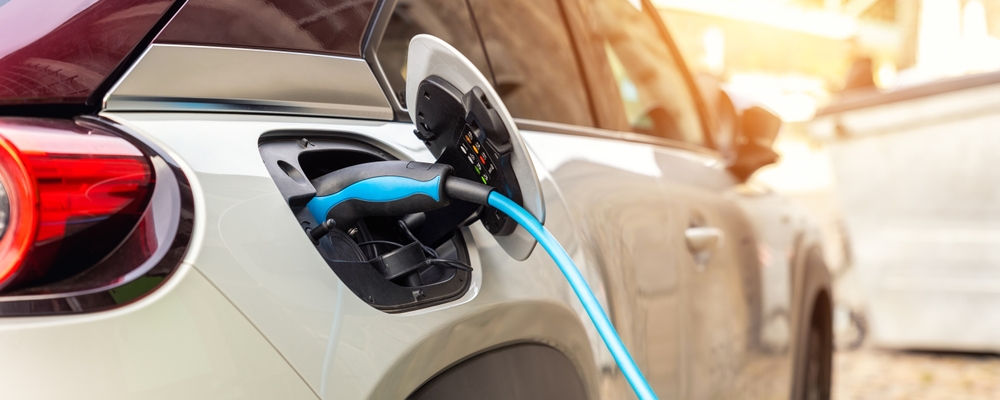
One of the lesser-known issues with electric vehicle ownership is the impact of frequent charging on battery health. Regularly charging the battery when not significantly depleted can accelerate the degradation process, leading to reduced capacity and a shorter overall lifespan. This is particularly problematic for users who habitually “top up” their battery to ensure they always have a full charge. Over time, this practice can necessitate costly battery replacements, which are one of the most expensive components of an electric vehicle. Additionally, managing optimal charging practices requires users to be mindful and informed, which can be inconvenient and stressful. The risk of inadvertently damaging the battery through improper charging habits adds a layer of complexity to EV ownership that can deter potential buyers.
Initial Setup Costs for Home Charging Stations
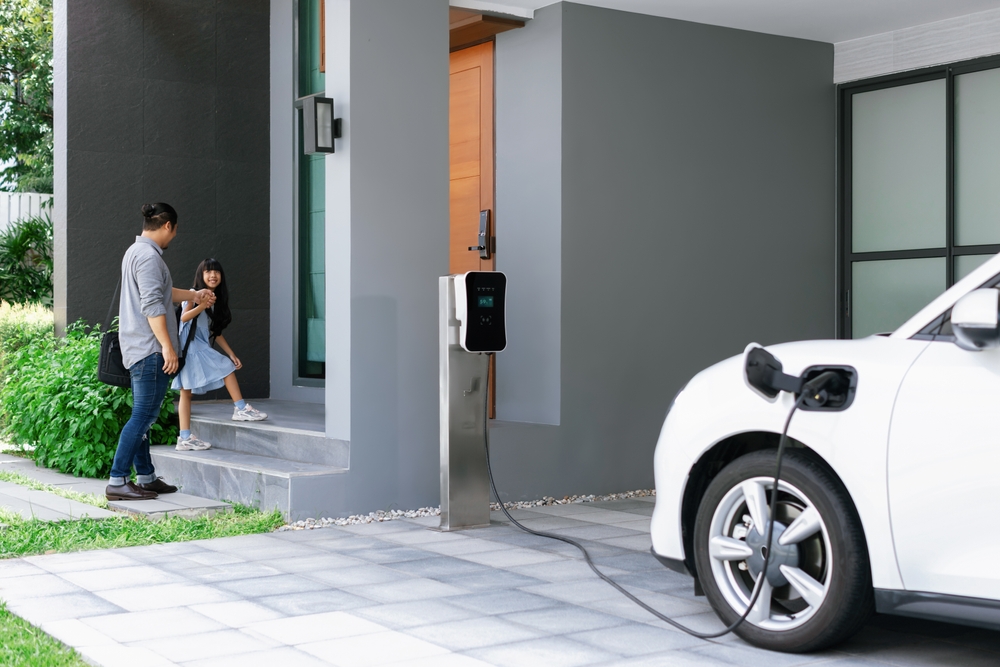
Installing a home charging station is a significant initial expense for new EV owners. The cost includes purchasing the necessary equipment and paying for professional installation, which can total several thousand dollars. These upfront costs can be a major barrier for individuals already hesitant about the higher purchase price of electric vehicles compared to traditional gasoline-powered cars. Furthermore, not all homes are suited for easy installation of charging equipment, particularly older houses that may require electrical upgrades to support the added load. For renters or those without a dedicated parking space, the challenge is even greater, as they may not have the option to install a home charger at all. These financial and logistical hurdles make the transition to electric vehicles less appealing for many potential buyers.
Overcharging Risks
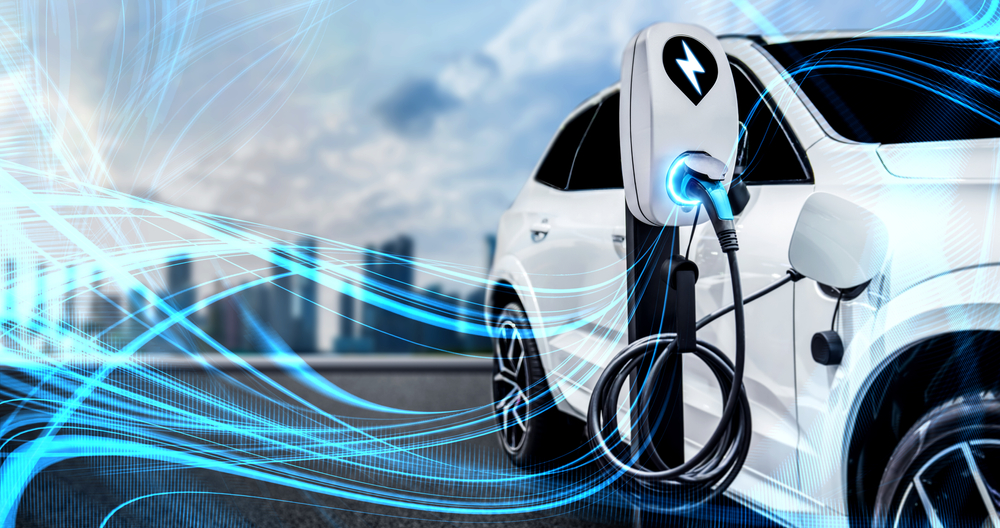
Overcharging an electric vehicle can lead to several significant issues, including battery damage and decreased performance. While modern EVs typically have safeguards to prevent overcharging, these systems are not foolproof. If they fail or users override them, the battery can overheat, potentially causing safety hazards such as fires. Overcharging also accelerates battery degradation, reducing the vehicle’s range and efficiency over time. The need to monitor charging sessions closely to avoid these risks adds an extra layer of responsibility for EV owners. This complexity can be off-putting for individuals looking for a straightforward driving experience, thus impacting the overall adoption of electric vehicles.
Limited Fast Charging Options

Fast chargers are essential for reducing charging times and making electric vehicle use more convenient, but they are not as widely available as standard chargers. The scarcity of these fast chargers means that EV owners often have to plan longer stops during long trips, as slower charging speeds at standard stations can be a significant inconvenience. This limitation can be particularly problematic for those who frequently travel long distances or need to quickly recharge their vehicles during busy schedules. The extended waiting periods associated with slower charging can deter potential buyers who value efficiency and speed, reducing the appeal of electric vehicles despite their many benefits.
Compatibility Issues
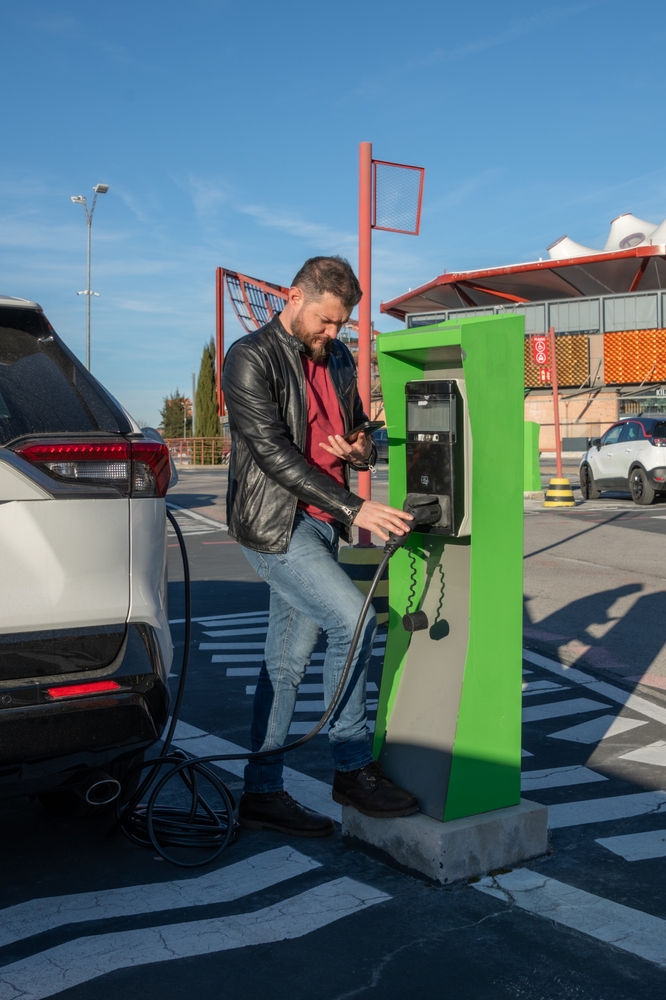
Not all electric cars use the same type of charging plug or connector, leading to compatibility issues at some charging stations. This inconsistency can be a major inconvenience for users who might arrive at a station only to find it incompatible with their vehicle. The need to carry multiple adapters or search for compatible stations adds complexity to the charging process. Furthermore, the lack of standardization can lead to confusion and frustration, particularly for new EV owners who are still learning the ins and outs of electric vehicle technology. These compatibility issues make the user experience less seamless and can be a significant deterrent for potential buyers who prefer straightforward and hassle-free solutions.
Variable Charging Costs
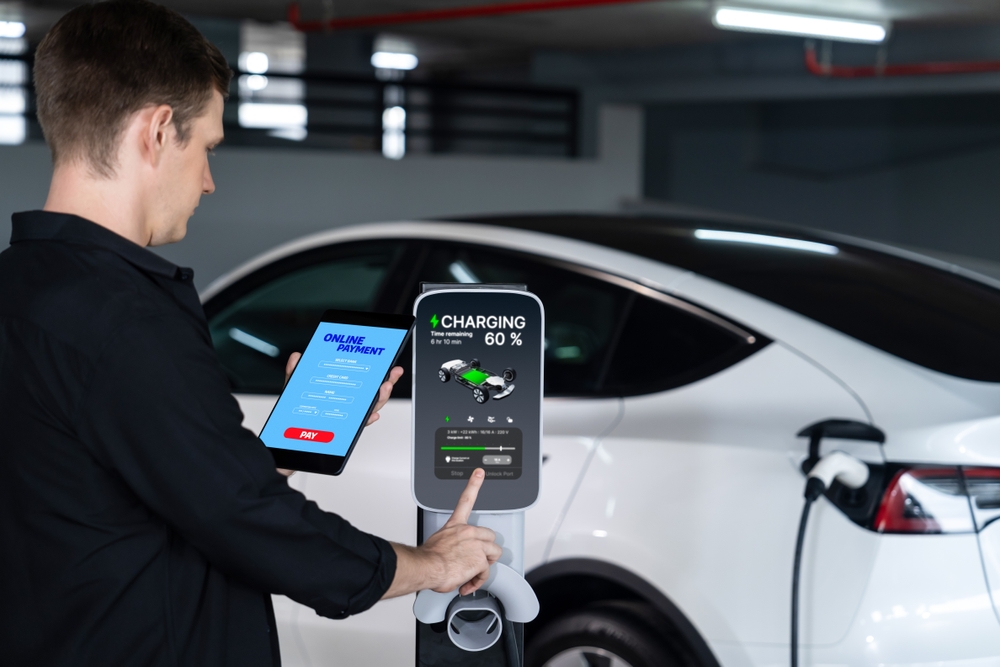
The cost of charging an electric car can vary widely depending on the location, time of day, and type of charging station used. Public charging stations often have different pricing structures, with some charging by the kilowatt-hour, while others charge a flat fee or by the minute. This variability can make it challenging for EV owners to predict their monthly expenses accurately, unlike the relatively stable cost of gasoline. Additionally, peak pricing during high-demand periods can further increase costs, adding another layer of unpredictability. The fluctuating prices of electric vehicle charging can be a significant drawback for cost-conscious consumers, making the transition to electric vehicles less appealing.
Maintenance of Charging Stations
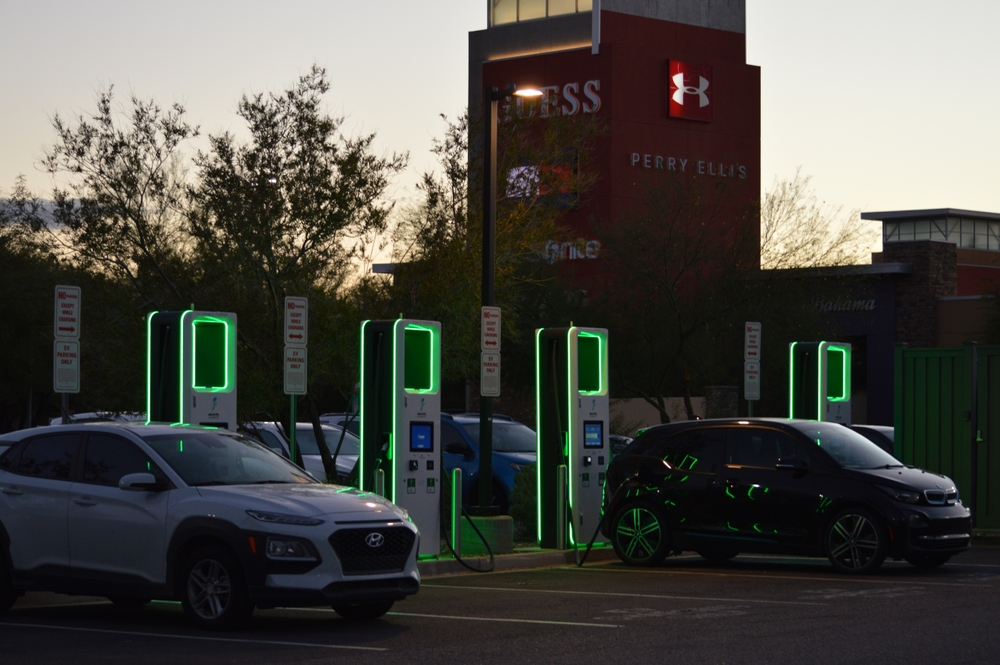
Public charging stations require regular maintenance to ensure they are functional and safe for use. Unfortunately, many stations suffer from neglect, leading to broken or malfunctioning chargers that can frustrate users who rely on them for their daily commutes or long-distance travel. The unreliability of charging infrastructure not only diminishes the user experience but also undermines confidence in the electric vehicle ecosystem. EV owners need assurance that charging stations will be operational when needed, and the current state of maintenance at many public chargers does not provide this confidence. This issue highlights the need for more robust infrastructure management to support the growing number of electric vehicles on the road.
Energy Demand and Grid Impact
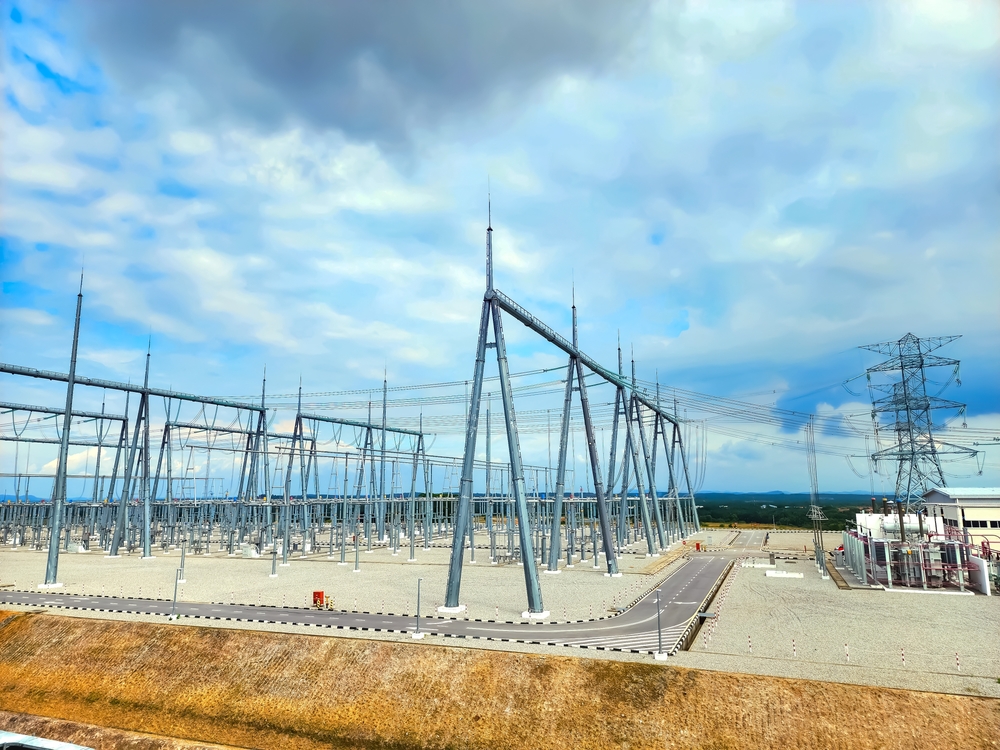
As more electric vehicles hit the road, the demand for electricity increases, putting additional strain on local power grids. This increased demand can lead to higher energy costs and potential grid instability, especially in regions already struggling with power supply issues. In some cases, utility companies may need to upgrade infrastructure to handle the additional load, leading to increased costs for consumers. The environmental benefits of electric cars can also be overshadowed by the increased demand for electricity from non-renewable sources. Managing the impact of electric vehicles on the power grid is a complex challenge that requires significant investment and planning, further complicating the transition to electric transportation.
Longer Refueling Times Compared to Gasoline
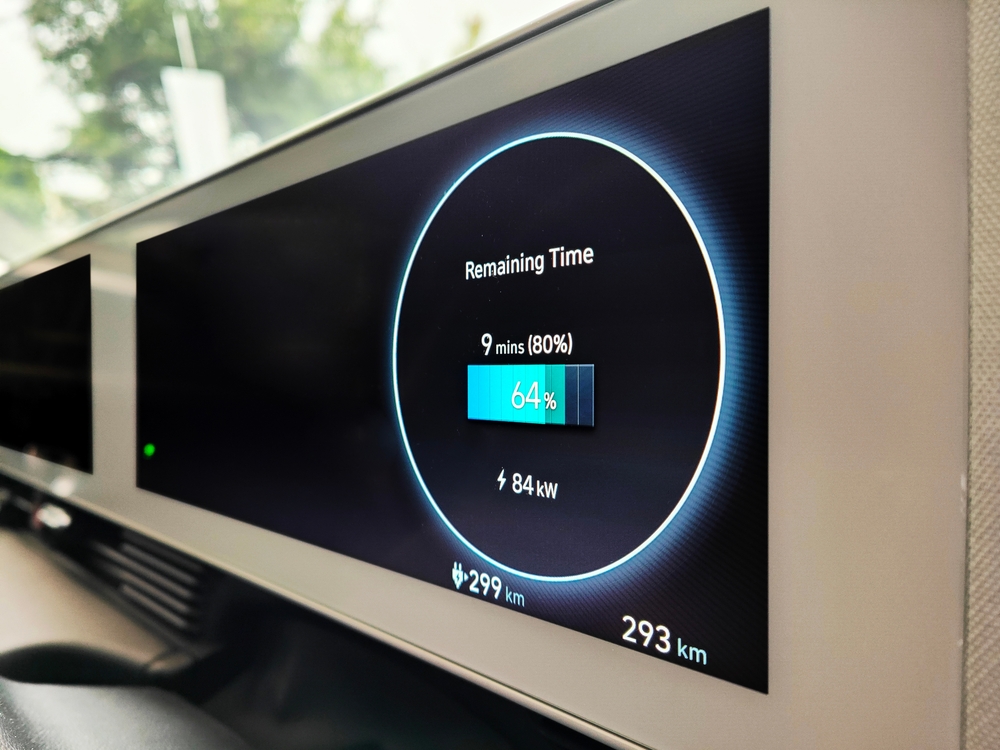
Even the fastest chargers take significantly longer to replenish an electric vehicle’s battery compared to filling up a gasoline tank. While a typical gasoline fill-up takes just a few minutes, even a fast charge can take 30 minutes to an hour to reach an 80% charge. This extended refueling time can be inconvenient for users accustomed to the quick and straightforward process of refueling traditional cars. For long-distance travelers or those with busy schedules, the need to plan for longer stops can be a major drawback. The longer waiting periods associated with charging an electric vehicle can be a significant factor deterring potential buyers from making the switch.
Weather Sensitivity

Charging efficiency and battery performance can be significantly affected by extreme weather conditions. Cold temperatures, in particular, can reduce the range and charging speed of electric vehicles, as the battery’s chemical reactions slow down in low temperatures. This weather sensitivity requires owners to plan more carefully and can add an element of unpredictability to the electric vehicle experience. In regions with harsh climates, the challenges associated with weather-related performance issues can deter potential buyers from considering electric vehicles. Ensuring that EVs are capable of reliable performance in all weather conditions is crucial for broader adoption.
Space Requirements for Home Charging
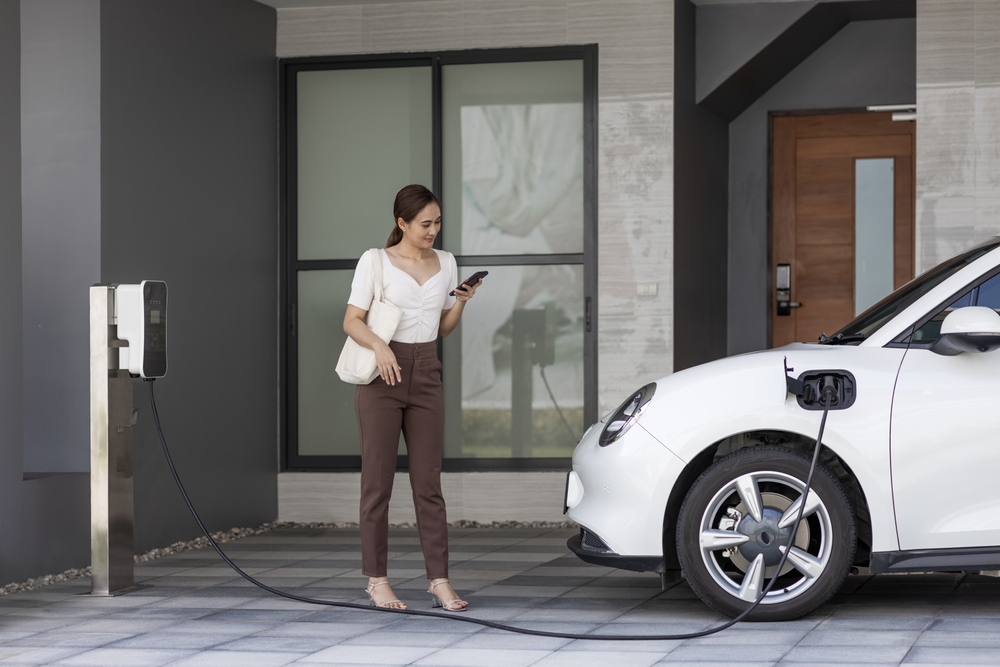
Setting up a home charging station requires sufficient space in a garage or driveway, which can be a significant barrier for residents of urban areas or those living in apartments without dedicated parking spaces. For homeowners, the need to have a suitable location for charging equipment can limit the feasibility of owning an electric vehicle. Additionally, installing a home charger may require electrical upgrades, adding to the complexity and cost. For renters, obtaining permission from landlords to install charging infrastructure can be a challenge. These logistical hurdles make the transition to electric vehicles more difficult for many potential buyers.
This article originally appeared on MyCarMakesNoise.
More from MyCarMakesNoise
13 Worst Electric Cars Ever Produced

Electric vehicles (EVs) represent a promising shift towards sustainability in the automotive industry, driven by the urgent need to reduce carbon emissions. As manufacturers race to innovate and capture the market, this surge in production has inevitably led to a range of outcomes. Read More.
13 Frequent Motorcycle Maintenance Mistakes to Avoid

Keeping your motorcycle in prime condition is not just about enhancing its performance but also about ensuring your safety on the road. Regular maintenance is crucial, yet many riders, whether new or experienced, often fall into common traps that can lead to unnecessary wear and tear or even more serious mechanical failures. Read More.
10 Vintage Trains Still in Operation

Step aboard the timeless journey of vintage trains that still capture the heart of railway romance and adventure. Across the globe, these moving museums preserve the golden age of rail travel, offering more than just a ride – they serve as a portal to the past, allowing passengers to experience the luxury, charm, and history of classic locomotion. Read More.














